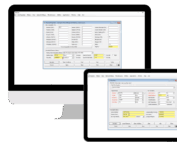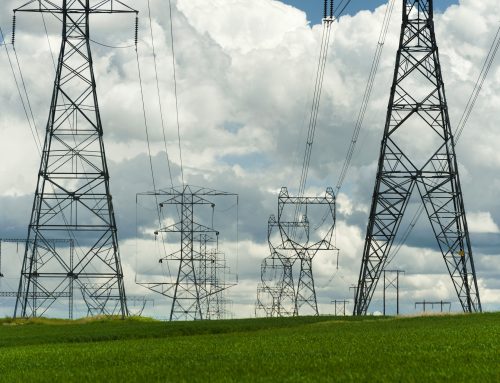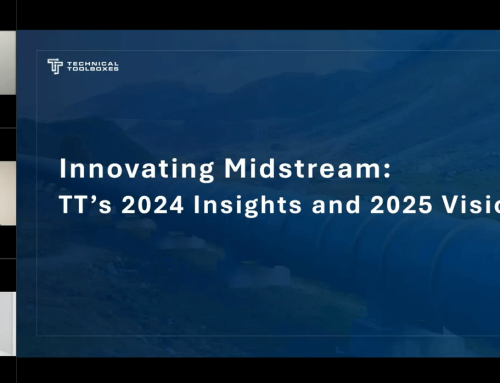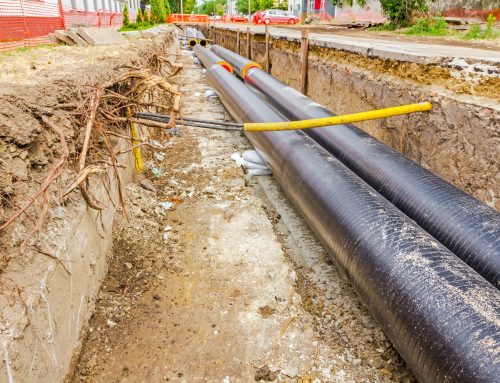Understanding PHMSA Regulations: A Guide for Pipeline Operators
By Joe Pikas
When it comes to pipeline safety and integrity, following the regulations set forth by the Pipeline and Hazardous Materials Safety Administration (PHMSA) is non-negotiable. PHMSA plays a critical role in safeguarding pipelines that transport hazardous materials, ensuring that pipeline operators maintain the highest standards of safety and compliance.
In this blog, we will explore key PHMSA regulations and guidelines that pipeline operators need to follow, with a focus on understanding compliance, pipeline safety, and the tools available to streamline these processes.
What is PHMSA?
PHMSA is a regulatory agency within the U.S. Department of Transportation (DOT) tasked with developing and enforcing regulations for the safe, reliable, and environmentally responsible operation of pipelines. These regulations cover the transportation of natural gas, petroleum, and other hazardous materials.
One of PHMSA’s most important functions is creating the rules pipeline operators must follow to ensure the safety of their infrastructure. The PHMSA regulations (detailed in CFR Title 49, Parts 192 and 195) are designed to address everything from pipeline design, construction, testing, operation, and maintenance to incident response and emergency preparedness.
Key PHMSA Regulations for Pipeline Operators
-
Design & Construction
Pipeline design and construction must adhere to rigorous standards to ensure safety. PHMSA’s guidelines include requirements on material selection, welding, and pressure testing to withstand the operational pressures and environmental conditions the pipeline will face. For example, Pipeline Hydrostatic Testing is a critical part of pipeline integrity. It ensures the pipeline’s ability to withstand pressure, prevents leaks, and addresses any potential failures before the pipeline is put into service.
-
Integrity Management
Integrity management programs (IMPs) are a cornerstone of PHMSA’s regulations. These programs require operators to identify risks, assess pipeline conditions, and take necessary actions to mitigate risks. PHMSA’s regulations outline how operators should monitor their pipelines for corrosion, leaks, and other forms of degradation. Tools like Pipeline Toolbox (PLTB), Hydrotest, and RSTRENG+ provide operators with advanced features to assess the integrity of their pipelines and comply with regulatory standards.
-
Corrosion Control
Corrosion is a leading cause of pipeline failure. PHMSA regulations demand that pipeline operators implement robust corrosion prevention and mitigation strategies. AC Mitigation and other corrosion control tools are designed to help operators assess AC-induced corrosion risks and implement effective mitigation strategies. These solutions align with standards from organizations like NACE (AMPP), which are integrated into Technical Toolboxes’ Corrosion Suite.
-
Emergency Response and Incident Management
PHMSA also emphasizes the need for pipeline operators to have emergency response plans. These plans should include strategies for responding to leaks, ruptures, or spills. Training programs and real-time collaboration through platforms like Pipeline HUB enhances the preparedness of operators by centralizing pipeline data and providing tools for decision-making. 
Streamlining Compliance with PHMSA Regulations
Ensuring compliance with PHMSA regulations can be a complex and time-consuming process, especially when operators must juggle various data points, inspections, and reporting requirements. However, advancements in technology have made it easier for operators to stay compliant.
Technical Toolboxes’ Pipeline Toolbox (PLTB) offers over 250 calculation tools tailored to help pipeline engineers comply with PHMSA, DOT, API, and ASME standards. For instance, Hydrotest PowerTool simplifies the design and planning of hydrostatic tests, while Crossings Suite manages the complexities involved in pipeline crossings, ensuring they meet PHMSA requirements (see chart).
Another powerful tool is Pipeline HUB, which provides a centralized platform for managing all pipeline-related data and ensures that integrity and regulatory standards are consistently met across the entire pipeline lifecycle. In addition, mapping tools like ArcGIS are used to identify locations such as crossings and RSTRENG assessments.
The Importance of Compliance for Pipeline Operators
Non-compliance with PHMSA regulations can lead to severe consequences, including fines, legal actions, and operational shutdowns. Furthermore, failure to comply can lead to catastrophic pipeline failures that pose serious risks to public safety and the environment.
With PHMSA continuing to evolve its regulations (such as the Mega Rule), it is essential for pipeline operators to stay updated and leverage modern tools that ensure compliance with safety standards while maintaining operational efficiency.
Conclusion
Navigating PHMSA regulations can be challenging, but the right tools and understanding can make compliance manageable. By leveraging the expertise built into solutions like the Pipeline Toolbox, operators can simplify compliance processes and maintain the safety, reliability, and integrity of their pipelines.
Suggested Post
Why API Inspections Still Matter More Than Ever
Why API Inspections Still Matter More Than Ever By Kesley Price In an industry [...]
How Utility Teams are Standardizing Pipeline Calcs
How Utility Teams are Standardizing Pipeline Calcs By Kesley Price Engineering teams working in [...]
GASCalc and GASWorkS are Now Part of Technical Toolboxes
GASCalc and GASWorkS are Now Part of Technical Toolboxes We are pleased to announce that Technical Toolboxes has acquired the [...]











